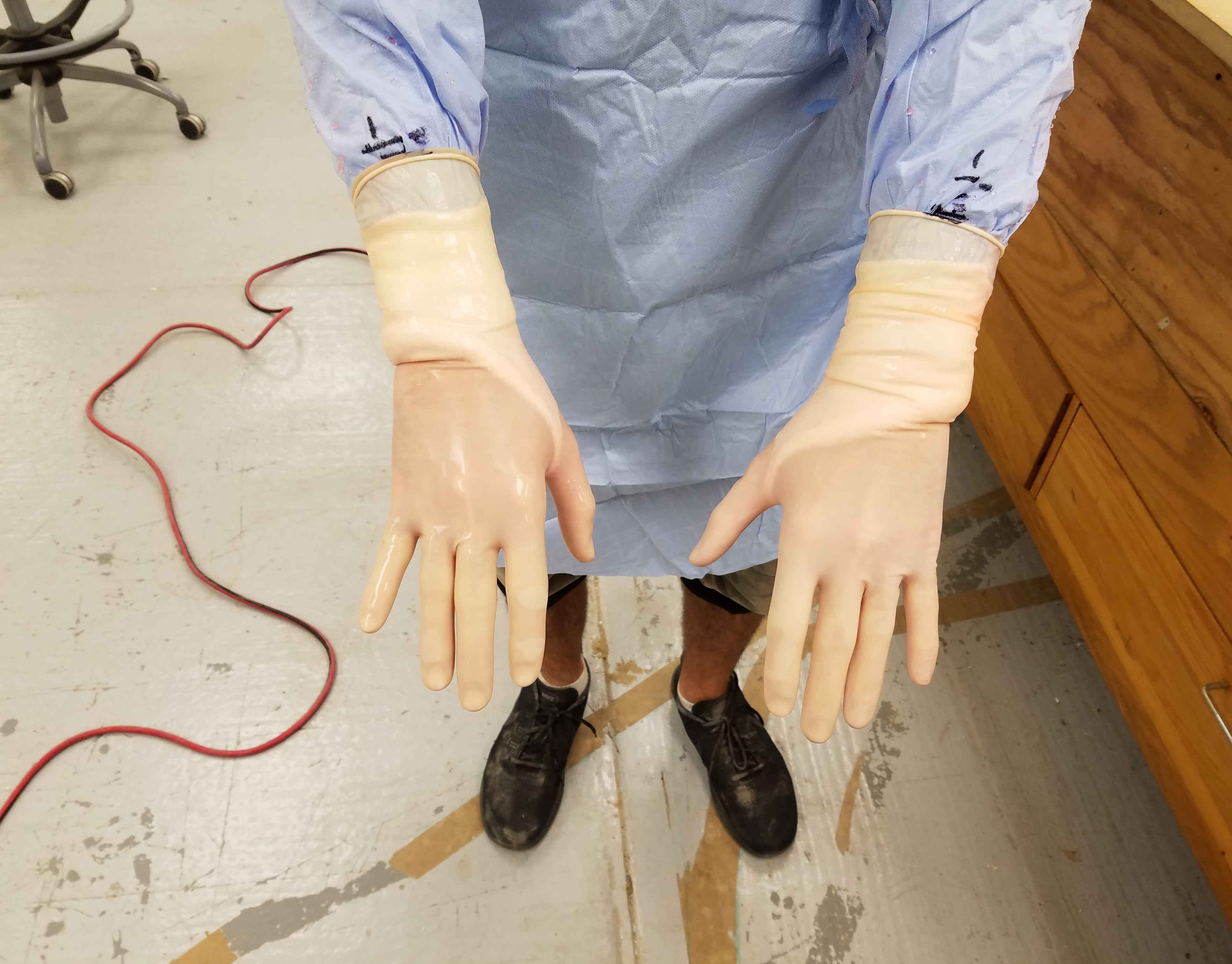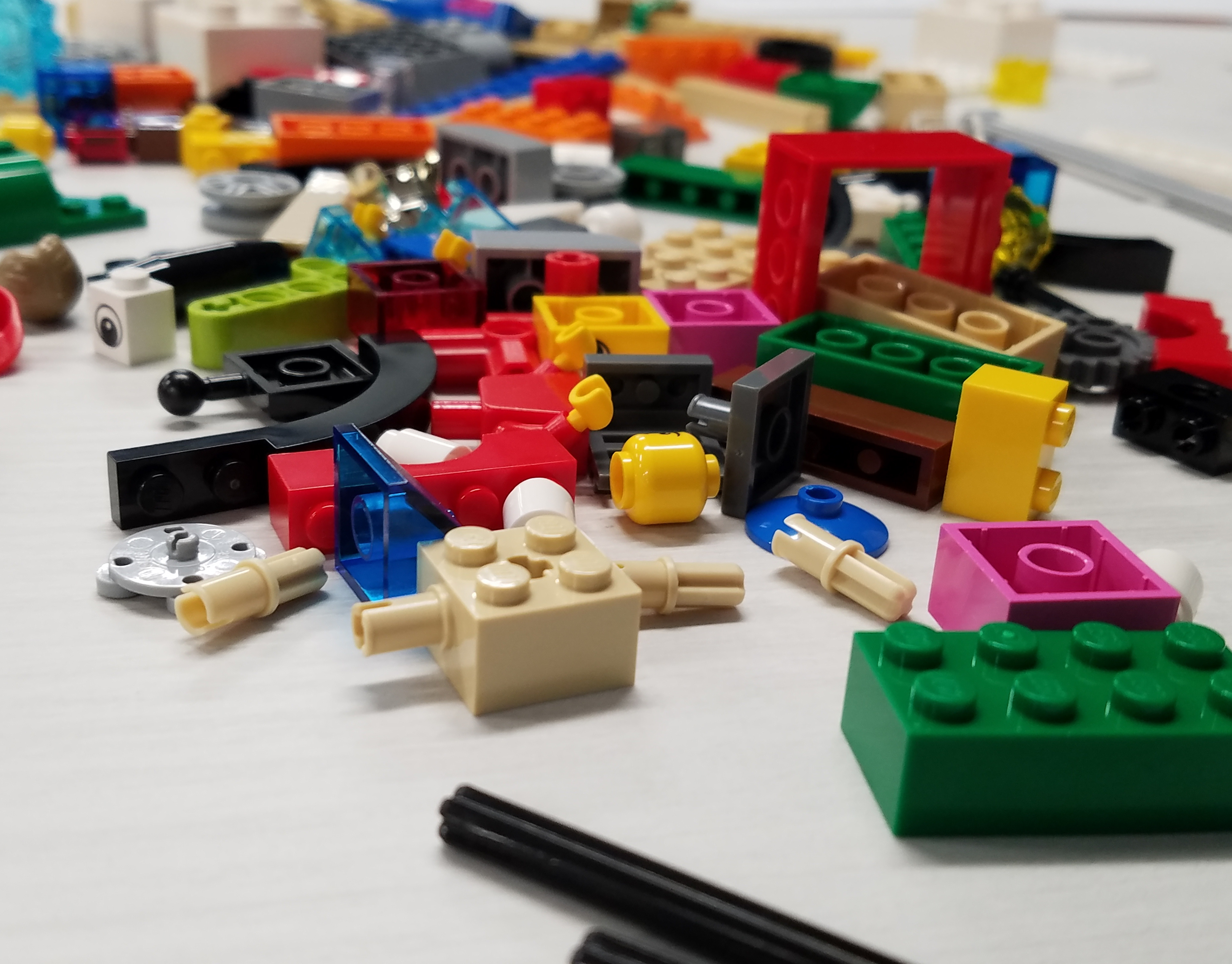Helping Travelers StayConnected—Redesigning a Global Safety Program
When the Civic Mobility Council* reached out, they weren’t looking for a flashy redesign. They were looking for clarity, trust, and a roadmap forward for something deeply human: keeping travelers safe and informed during global emergencies.
I joined as the Senior Service Designer on a small-but-mighty consulting team tasked with future-proofing StayConnected*—a public enrollment program that alerts U.S. citizens during emergencies abroad. With just four months and a fall relaunch deadline looming, we dove into discovery, co-creation, and experience design to deliver strategic insights the agency could take forward into version 2.0.
Project Context
Client: Civic Mobility Council (Alias)
Product: StayConnected (Alias)
Timeline: 4 months
Team: Senior Service Designer (me), UX Researcher, CX Strategist/Project Manager, and embedded client stakeholders
Goal: Improve StayConnected for its 2.0 relaunch—or, failing that, provide actionable insights to evolve the service post-launch
My Role
I wore many hats during this engagement, but my core contributions included:
•Leading stakeholder interviews and traveler research
•Synthesizing findings into personas, light journey maps, and insight briefs
•Facilitating co-creation workshops with government teams
•Helping guide service improvement ideas across multiple layers of the organization
•Supporting wireframe development for future iterations of the digital experience
This was also a mentorship-forward project. Part of my job was helping our embedded client team level up in customer experience and service design best practices, which meant balancing delivery with teaching in real time.
The Challenge
StayConnected had a strong purpose, but a patchy user experience. Travelers often didn’t understand what the program did, where their data went, or what to expect during a crisis. Internally, agency teams lacked clear feedback loops to improve the service based on traveler needs.
We quickly uncovered:
•A gap between intended value and perceived value
•Opaque communication flows between government systems and the public
•A lack of shared understanding between internal teams who managed tech, comms, and policy
Approach
We ran two-week sprints, each building on the last:
Discovery
•Conducted stakeholder interviews to map internal pain points
•Interviewed travelers and ex-pats to understand needs, confusion, and behavioral triggers
•Identified barriers to trust and enrollment
Co-Creation & Synthesis
•Facilitated workshops with agency staff and travelers
•Developed light personas and journey maps
•Created an opportunity matrix to align ideas with feasibility and impact
Prototype & Strategy
•Drafted wireframes for critical parts of the enrollment flow
•Developed a research-to-action insights deck with strategic recommendations
•Advised internal teams on how to use research post-launch to evolve StayConnected 2.0
Outcomes & Impact
Although our work wrapped before the public relaunch, the Civic Mobility Council team called our insights “deeply clarifying.”
Our final handoff included:
•A clear roadmap of user pain points and ideas for v2.1+
•Simple frameworks to track traveler feedback across journeys
•A shared language for cross-functional teams to collaborate around user trust
“This gave us a real look at how travelers experience our service—
and how to meet them with more clarity and empathy.”
—Client Feedback
and how to meet them with more clarity and empathy.”
—Client Feedback
What I Learned
•When you design for safety, trust is your primary UX currency.
•A tight timeline doesn’t have to mean shallow insights—if you structure your research sprints well.
•Teaching service design while doing it deepens the impact—it equips teams to keep improving long after the consultants are gone.
Service Design | User Research | Government CX | Cross-Functional Workshops | Journey Mapping | Strategic Facilitation | Public Sector | Emergency Services UX









